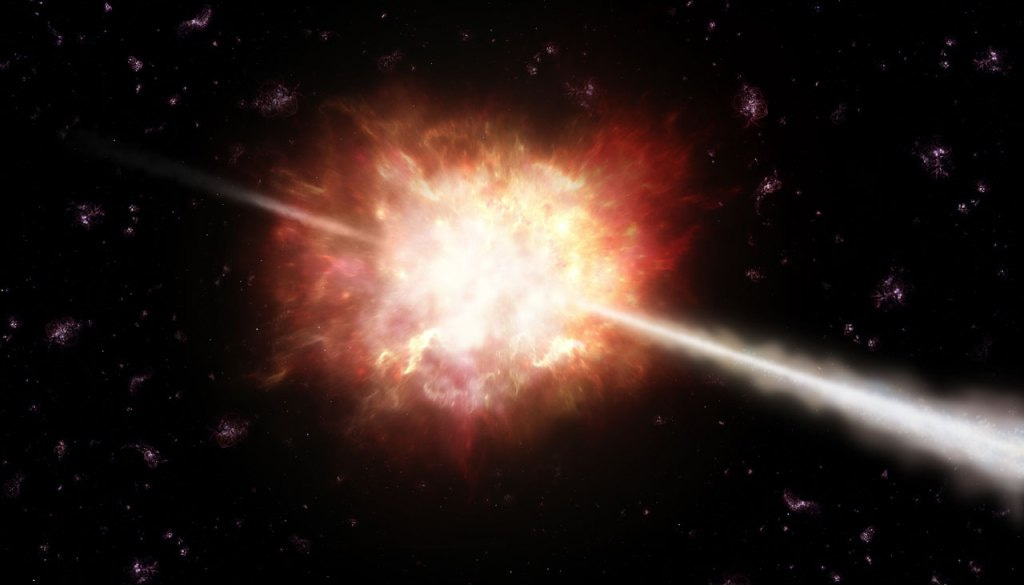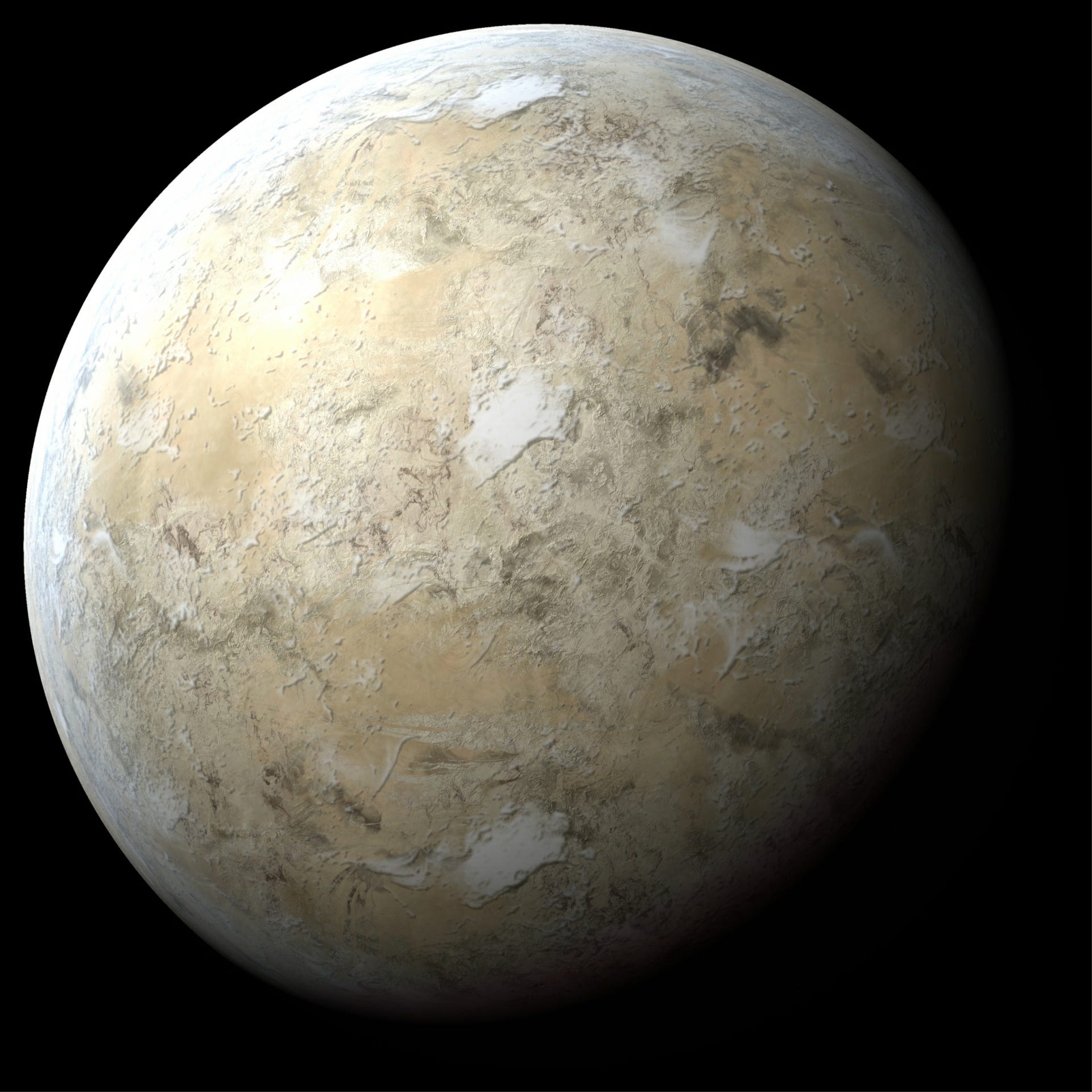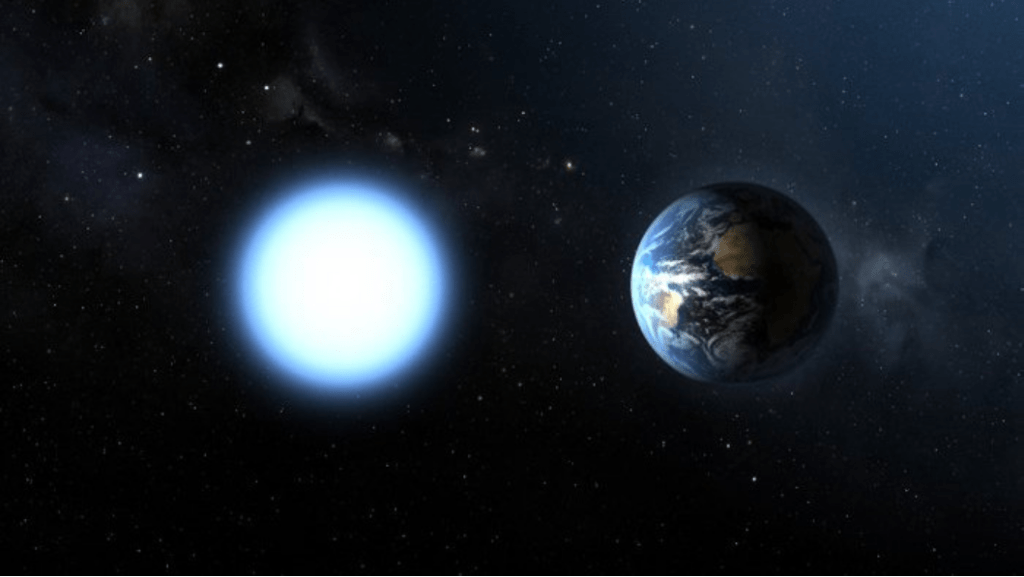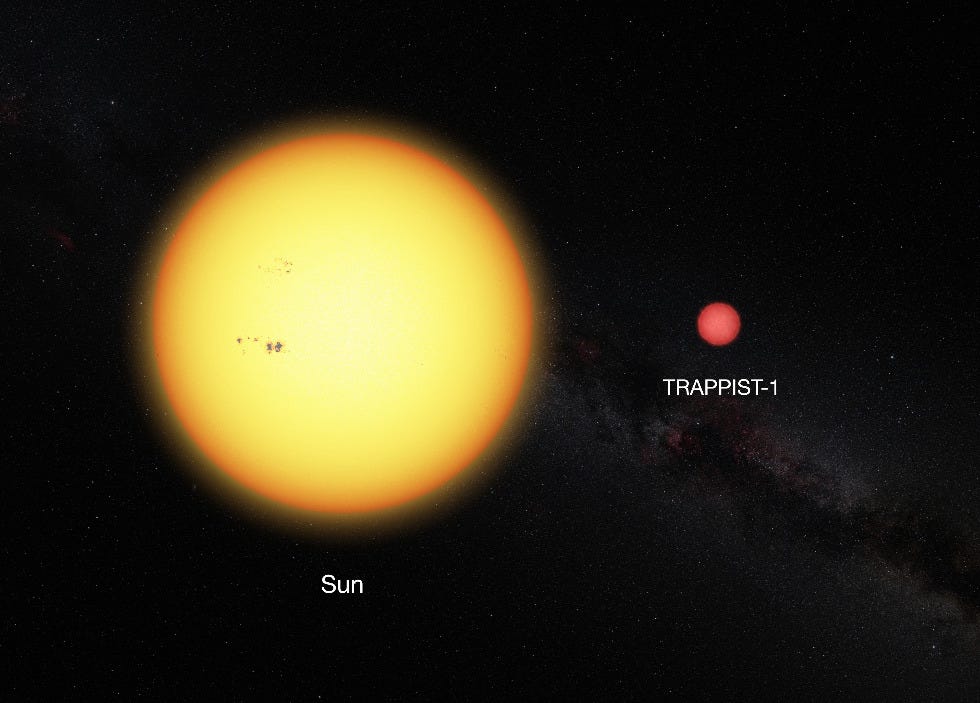Timeline for life until the end of the Universe
What does life need to do to survive till the end of stars in the Universe?
The world is grappling with the novel coronavirus pandemic. The only good thing about the situation is that it’s not the end of humanity. And it’s certainly not the end of the world. But there are several future events that might indeed end all life on Earth.
You see, the fate of the Universe is locked by the laws of physics, which control and direct everything. We can’t change these laws but we can see what they tell us and make our plans accordingly. Our current scientific understanding tells us that the following potentially life-destroying events will take place in the far future.
Note: I’m not mentioning asteroid impacts as they likely won’t destroy all life on Earth, just like in the case of the dinosaur extinction event.
300,000 years from now: A possible gamma ray burst from a star
There’s a star hundreds of times bigger than our Sun in the star-system WR 104, located 7500 light years away. Such massive stars end their lives in a spectacular explosion called a supernova. Normally, a star going supernova this far away poses no threat to Earth whatsoever. But this one may have a trick up its sleeve.
There is a chance that while going supernova, this star may produce a tightly focused beam of highly energetic gamma rays from its poles. Such gamma ray bursts are the most energetic phenomenon known of any stellar object.

Such a focused gamma ray beam can easily wipe off all life on a planet in its way, sterilizing it. Knowing where this star’s pole points relative to us, we know that one of its gamma ray beams could be directed at us. In the very small but definitive chance that the beam alignment is just right, it can eradicate all life on Earth in an instant.
A billion years from now: Our Sun grows bigger and brighter
Our Sun is only halfway through its lifetime and is still growing. In a billion years, it will have increased its brightness by 10%. This will increase the average temperature on Earth high enough to evaporate all the oceans. It will have cascading effects, like decreasing CO2 levels, making photosynthesis impossible. Complex life forms won’t survive at this point.

As the Sun continues to grow bigger and brighter, slowly all life on Earth will perish as the average surface temperatures cross a thousand degrees. Earth will become more barren than Mars is now.
So it’s by this time, before the popularly talked about Red Giant phase of the Sun, that we need to move out of Earth and settle farther away, on Mars or beyond. Mars will also get too hot soon though, so perhaps Jupiter’s moons Europa or Ganymede are a better long-term bet.
100 billion years from now: All sun-like stars are dead
Our Sun won’t last forever. Its nuclear fuel will get depleted in five billion years from now. At that point it’ll become a fading and dying white dwarf, incapable of nuclear fusion and hosting life on planets around it. That is when we’ll have to move to another sun-like star if we want to survive.

But even a newborn sun-like star will end its life eventually and we’ll be back to square one. But the thing is, very few sun-like stars will be created further in our galaxy because the rate of star formation is slowing down with time. In about a 100 billion years from now, all sun-like stars will be long dead.
A trillion years from now: Red dwarfs are the only stars that remain
The bigger the star, the faster and more spectacular its death. The biggest stars in the Universe die in but a few million years as they consume their nuclear fuel quickly. Sun-like stars die much slower. But as we saw, they still die astronomically soon enough anyway.
Stars still smaller than our Sun however, the red dwarfs, consume their fuel even slower. The estimated lifetime of red dwarfs is about 1–20 trillion years, outliving sun-like stars by more than a hundred times!

Consider further that red dwarfs make up for 75% of the 200 billion+ stars in our galaxy. Our galaxy can keep producing red dwarf stars until quite a long time and these little beasts will be around for 100 trillion years. Considering that our Universe has only aged ~13.8 billion years, 100 trillion years of possible life around red dwarf stars is quite an advantage in their favor. Of course there’s the question of habitability around these stars but it’s a minor issue in the grand scheme of things.
Red dwarf stars are thus the only hope for future life to live around. This is why I keep insisting that we should build technologies to hop on to our nearest star (other than the Sun), Proxima Centauri. It is a red dwarf and lies only 4.3 light years away.
After ~100 trillion years, even the mighty red dwarfs will die, leaving behind no stars capable of hosting life as we know it. Just a bunch of neutron stars and black holes. But hey, if the movie Interstellar says we can live in the radiation-riddled environment around a black hole, maybe we can. Or not.
Like what you read? Support me to keep me going.
